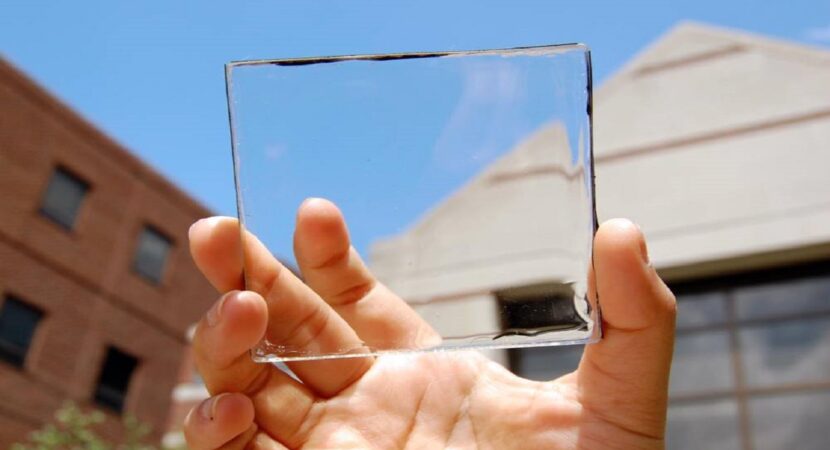
Scientists create transparent solar energy panels using nanolayers that increase the efficiency of photovoltaic panels from 23% to 26%
With the mission of increasing the capacity of the plates photovoltaic, scientists at the Julich Research Center want to use nanolayers to create dashboards transparent solar energy. Currently, the cells that are available on the market are built based on crystalline silicon, and deliver an efficiency of 23% in retaining solar energy.
Read also
According to scientists' research, transparent solar energy panels can make this efficiency reach around 26%. At first, it seems little, but it would be enough to make energy generation cheaper in this sector, due to the reduction in production costs of photovoltaic panels.
Despite being much better than before, solar energy panels still have problems in terms of absorbing sunlight and generating energy. In this process, a large amount of positive and negative charges, when combined, are canceled, that is, they are wasted.
About transparent solar energy panels
Solar energy panels, created by scientists, have ultrathin and malleable layers, in addition, of course, to transparency. This malleability and transparency mean that the incidence of light on photovoltaic panels is not reduced.
This type of material generates a very high electrical conductivity, being more efficient than the photovoltaic panels that we have installed on roofs.
According to Professor Kaining Ding, no innovation so far combines passivation, transparency and conductivity like their new design. In the tests carried out by the scientists in the laboratory, the nanolayers achieved an energy efficiency greater than that of silicon cells, which are the most current ones on the market.
How are solar energy panels made?
To produce the panels, the scientists used a thin strip of silicon dioxide and applied, in the shape of a pyramid, a double layer of silicon carbide nanocrystals with different temperatures. At the end of the process, a transparent layer of indium oxide was added.
What guarantees the efficiency in the absorption and storage of light in the new photovoltaic panels is precisely the overlapping of layers. In addition, the contact between the layers eliminates the annealing steps at high temperatures, reducing manufacturing time and increasing the production of photovoltaic cells.
The solar energy market
According to the IEA, the use of solar energy, in 2022, could be 30%, taking into account countries with a large installed generation capacity, such as Germany, USA, China and Japan.
Last year, Brazil entered the ranking of 20 leading countries in solar energy in the world, with a production of around six thousand megawatts. Although it has grown in abundance, solar energy is still represented by less than 2% of the energy matrix in Brazil.












